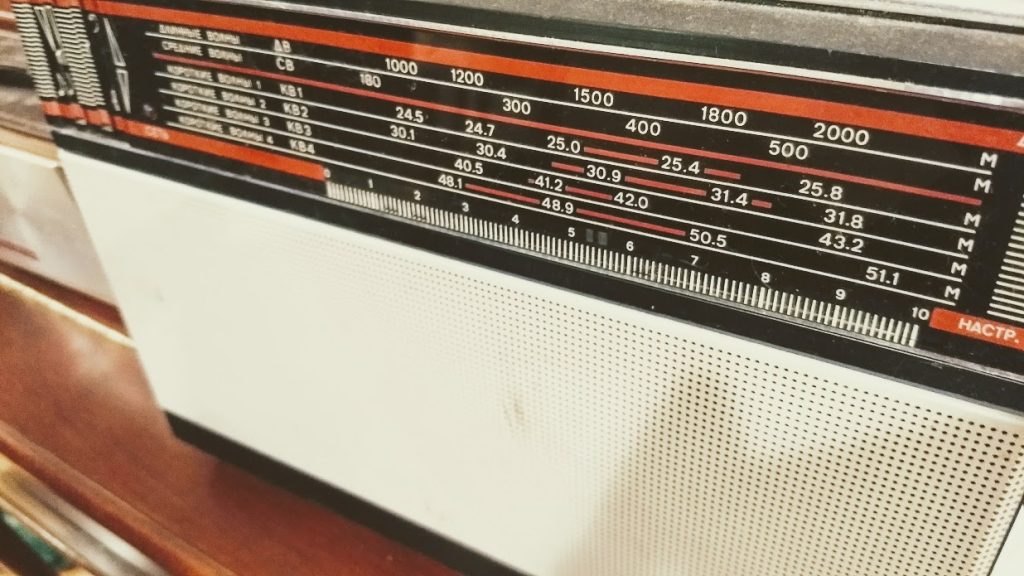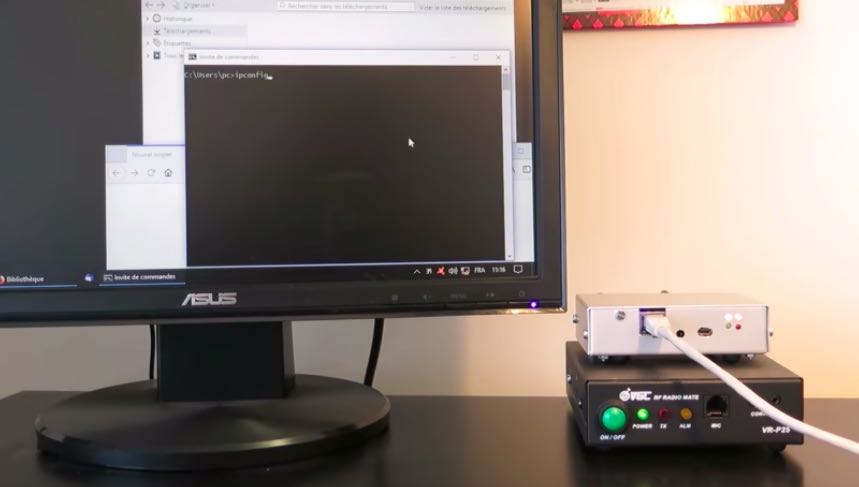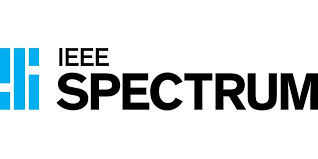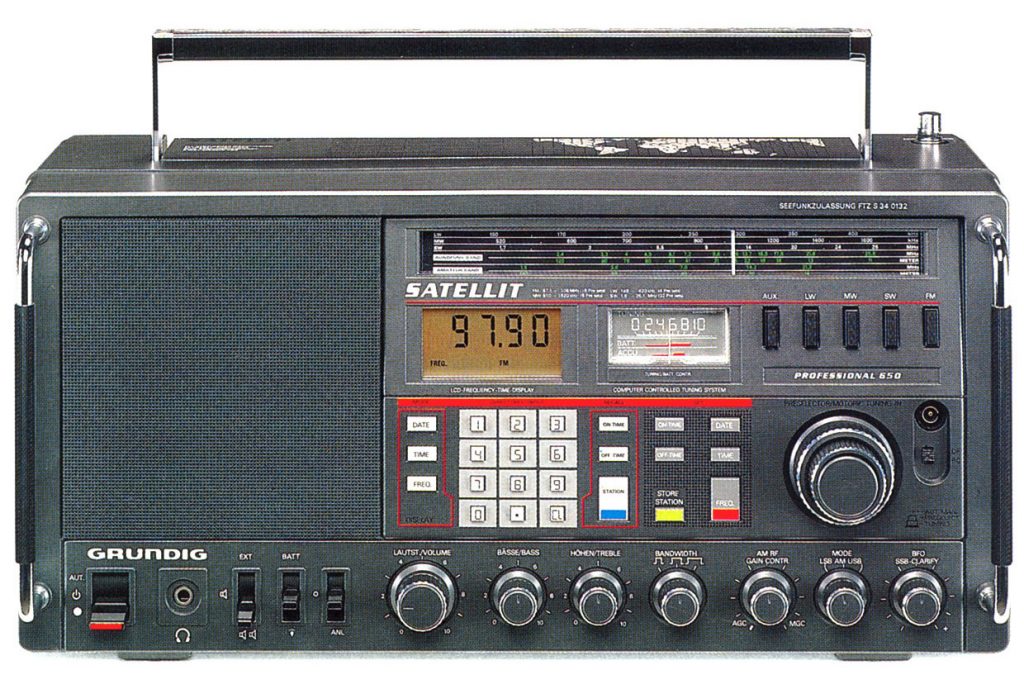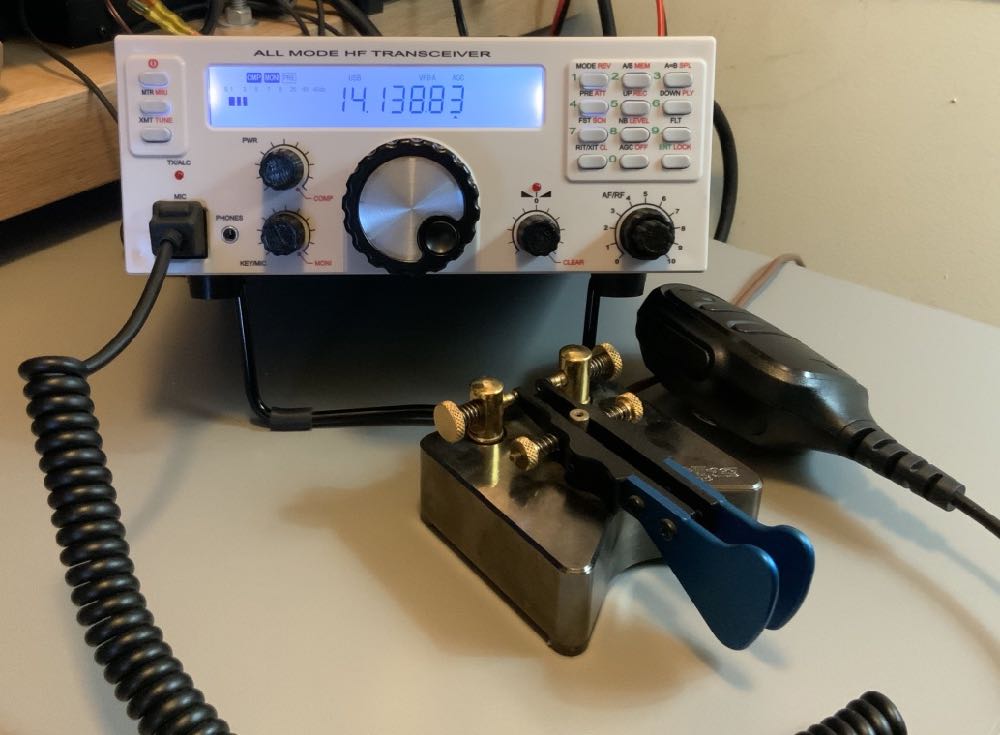 Radio Waves: Stories Making Waves in the World of Radio
Radio Waves: Stories Making Waves in the World of Radio
Because I keep my ear to the waves, as well as receive many tips from others who do the same, I find myself privy to radio-related stories that might interest SWLing Post readers. To that end: Welcome to the SWLing Post’s Radio Waves, a collection of links to interesting stories making waves in the world of radio. Enjoy!
Many thanks to SWLing Post contributors Dave Zantow (N9EWO), Paul Evans (W4/VP9KF), and Mike Hangen (K8RAT) for the following tips:
Dave’s Radio Receiver Page Moves Again (N9EWO)
With all of the strange happenings and excessive “Pop-Up” issues on Angelfire (even more so of late), we have finally decided to move off of that web host and made the move to QSL.NET.
So “Dave’s Radio Receiver Page” new URL is :
Please, for anyone who have web pages that have my web page linked (with the now old URL), I would appreciate the correction. Hopefully this will be the last time I will need to move the page.[…]
Please Note : Are still a few pages that still need to be transferred, but I expect to have that completed over the weekend. This has been quite a bit of work recoding all (again).
Icom IC-705 availability delayed due to Coronavirus
Paul Evans notes that Martin Lynch and Sons (ML&S) has just updated the product page for the IC-705 with the following note: “RRP £1199.95 incl 20% VAT. Estimated delivery now July 2020 due to major component shortage.”
Icom America retailers (Universal Radio, Ham Radio Outlet, Gigaparts, etc.) have not published an estimate for availability.
QRQPoint – The meeting place for high speed telegraphy enthusiasts in Europe (Southgate ARC)
Dear OM and all CW lovers,
I will you proudly inform, that our website http://www.qrqpoint.com is now online.The idea of this meeting place for CW enthusiasts was born by me and the webmaster, Fabian, DJ1YFK, brought it very nice to the web. Thank you Fabian!
Everybody is very kindly invited to be there QRV.
The frequency is 3567 khz. To make a sked or just to say Hello we have a little Shoutbox on the site.
I hope to see you there!
Kindest regards,
Olaf, DL1OP
In World War I, British Biplanes Had Wireless Phones in the Cockpit (IEEE Spectrum)
Pilots on reconnaissance missions could immediately call in their findings
As soon as the first humans went up in hot air balloons in the late 1700s, military strategists saw the tantalizing possibilities of aerial reconnaissance. Imagine being able to spot enemy movements and artillery from on high—even better if you could instantly communicate those findings to colleagues on the ground. But the technology of the day didn’t offer an elegant way to do that.
By the early 20th century, all of the necessary elements were in place to finally make aerial reconnaissance a reality: the telegraph, the telephone, and the airplane. The challenge was bringing them together. Wireless enthusiasts faced reluctant government bureaucrats, who were parsimonious in funding an unproven technology.
[…]One early attempt involved wireless telegraphy—sending telegraph signals by radio. Its main drawback was size. The battery pack and transmitter weighed up to 45 kilograms and took up an entire seat on a plane, sometimes overflowing into the pilot’s area. The wire antenna trailed behind the plane and had to be reeled in before landing. There was no room for a dedicated radio operator, and so the pilot would have to do everything: observe the enemy, consult the map, and tap out coordinates in Morse code, all while flying the plane under enemy fire.
Despite the complicated setup, some pioneers managed to make it work.[…]
Do you enjoy the SWLing Post?
Please consider supporting us via Patreon or our Coffee Fund!
Your support makes articles like this one possible. Thank you!


